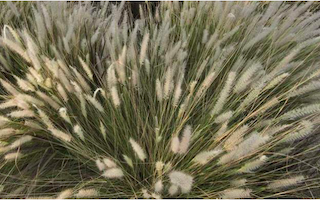 The ecologist association, GENA-Ecologistas en Acción, has spent years documenting all the invasive animal and plant species in Axarquía.
The ecologist association, GENA-Ecologistas en Acción, has spent years documenting all the invasive animal and plant species in Axarquía.
The collected material will be published in a forthcoming book which lists each and every one of these ‘outsider’ flora and fauna that have made this most eastern part of the province of Málaga their home.
The logic is simple; the more people who know what should or should not be here, the more control over their expansion there will be.
Their catalogue contains 51 plant species and 27 animal ones, spread all over the Axarquía, but mostly along the coast in places like the Paraje Natural de los Acantilados de Maro-Cerro Gordo.
“This is due to the fact that just about all of the invasive species come from warm climates, such as Central and South America, as well as Africa and Asía,” explained the Coordinator of Gena, Rafael Yus, adding, “Maro-Cerro Gordo has the greatest concentration of these invaders; 43 different species can be found in this protected area.”
He also pointed out that the majority of the invasive flora species are not causing a problem because without cultivation they cannot spread. We’re talking about plants and flowers in our garden, parks, avenues and even the flower pots in our homes.
Ecologists refer to these species as allochthonous (material that has been moved from it original resting place to another).
The true invasive species are those that propagate rapidly without help and introduced originally by humans, either intentionally or accidentally.
Some of the above are: acacias trees, pitas (American aloe) and chumberas (prickly pears), las cañaveras (wild cane) and ricinos (castor-oil plants)… Other are well known to farmers such as the bledo (amaranth).
Anybody who has had to strim secano land (yours truly) would have come up against your worst enemy, the rabo de gato (Pennisetum setaceum or fountain grass). On the other hand the innocent-looking perejilitos or venagretas (sour grass) will turn your nice lawn into a yellow carpet. Watch out for the estramonio (thorn apple) which are poisonous and belong to the nightshade family.
As for creatures, there’s the cangrejo rojo americano (red swamp crayfish or mudbug) recently found in Maro and the mejillón cebra (zebra mussel) discovered in the La Viñuela Reservoir. We can round off the list with the tiger mosquito, the Argentinian ant and the palm beetles.
(News: Axarquia, Costa del Sol, Malaga, Andalucia)

Aitor: First Nerja…. then we take Madrid! 😉
You forgot the most in invasive of species….the GUIRI. It is responsible for more destruction than all of the others put together.